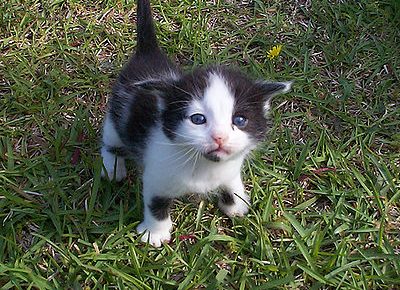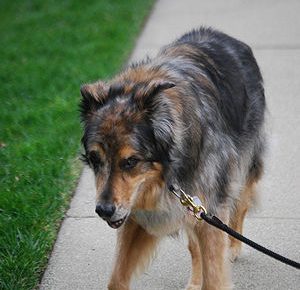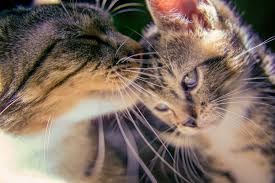Those odd-looking creatures without fur are really cats and dogs. They have all the usual parts and characteristics of their species but are without hair. How did they get that way?
Hairlessness in cats and dogs is actually a genetic defect. At some point in time, breeders took advantage of this defect and created hairless or nearly hairless.
Hairlessness doesn’t mean these dogs and cats are 100 percent hypoallergenic. The cat allergen Fel d 1 and the dog allergen Can f 1 can be found in dander, saliva and on skin as well as hair. It depends on how much of the allergens are produced by the pet.
The Balinese has a long coat, but it is on the list of hypoallergenic cats because it produces less Fel d1 than other breeds.
When considering a hairless pet, be aware that they are more prone to skin conditions. They require a bath once a week or every other week and should be wiped down often inbetween. Use an organic cat or dog shampoo will help avoid skin irritation and/or dryness. These pets can develop acne and other skin infections if their skin is not cleaned often enough.
Hairless pets should be kept out of the sun as much as possible as they can burn easily. There are sun screens made specifically for dogs or cats available.
Hairless cats and dogs need protection in cold climates. These pets should wear coats when outdoors. Depending on the climate in your home, they may enjoy wearing a sweater indoors.
Here’s a list of hairless breeds – you can check them out on our lists of cat breeds and dog breeds.
Cats – Sphynx, Peterbald
Dogs – Chinese Crested, Peruvian Inca Orchid, Xoloitzcuintli
Check with rescue organizations that cater to hairless breeds before you buy. You will be giving a loving home to a needy animal and, as a bonus, saving a bit of money.



